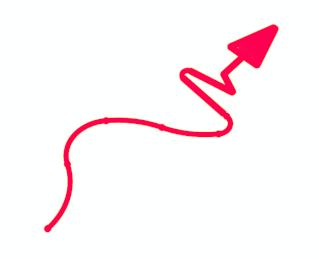Price: Free in Beta Version (<1.0)
Create your own individual digital images and computer art online with just a few clicks and inputs. It is possible to create an object by entering a few parameters (length, angle, angle radius, arc direction, arc property, color) and / or using random functions. The pictures can be of factual geometric structure, or they can be created by the computer in a surprisingly diverse way as computer art. A created image can be downloaded as a PDF file in high-resolution vector graphics.
To open the program, you can do this via this link:
PictoAI (Version 0.8.16)
But there is also a transition (link) from kom-mpi.de. This is preferred because it provides further information in the event of a failure or overload of the server. The imprint information there also applies to this page, as this page is a subpage of kom-mpi.de. Hence the common e-mail address: info@kom-mpi.de.
Pictures created with PictoAI can also be seen on instagram at: computerart_online.
The new way of creating images is initially unusual, but offers some advantages when objects are arranged multiple times and random settings are used. Furthermore, there are new areas of application, since the specification of coordinates (x, y) is largely dispensed with. Only the starting point has to be given.
Starting with version PictoAI 0.8.16, it is possible to place your own images in objects, such as diamonds. These are then generated in the background by the automatic use of Blender as an image of 3D objects and can be output by PictoAI as a PDF file.
From version PictoAI 0.8 a fractal generator is integrated. With this, Mandelbrot fractals can be generated in different colors and sections.
From version PictoAI 0.60 there is an input option for mathematical functions in order to display them in the images. The functions can be specified in Cartesian coordinates or in polar coordinates. Several parameters can be inserted into the functions, which are then varied by the computer using random functions. These variations can be shown together in one picture. This also opens up the infinitely diverse world of mathematical function representation.
Audio files can also be used as input forms. For example, it is possible to display a child’s first sounds or words as characteristic waveforms or to use them as a basis for generating an image.
Here are some sample images that were created online with just a few settings.
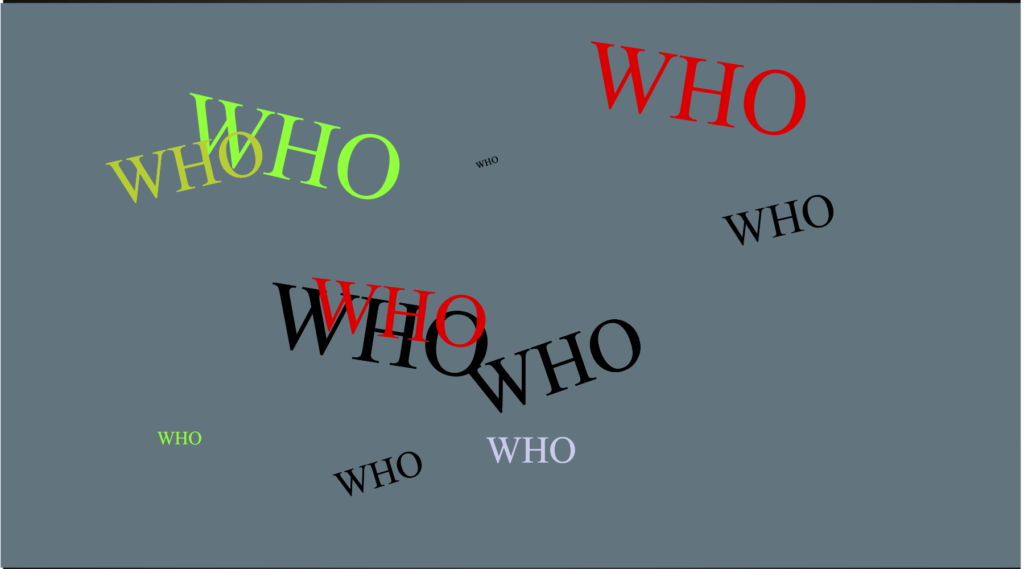
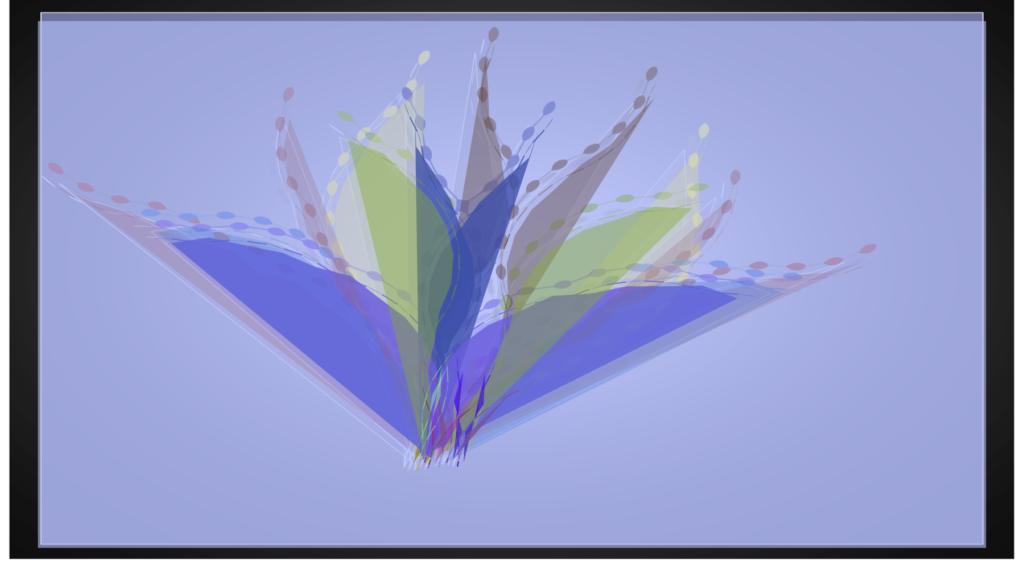
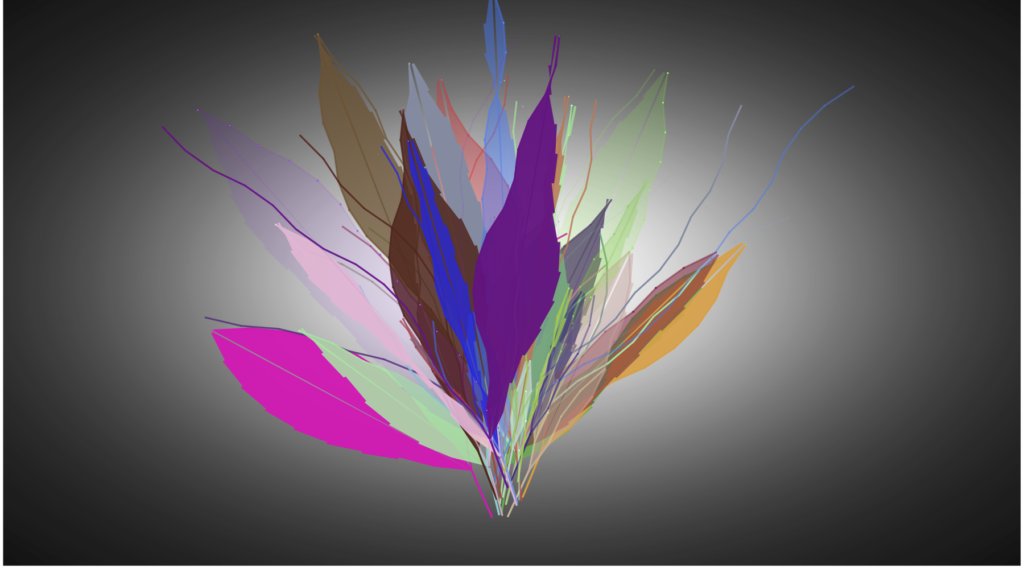
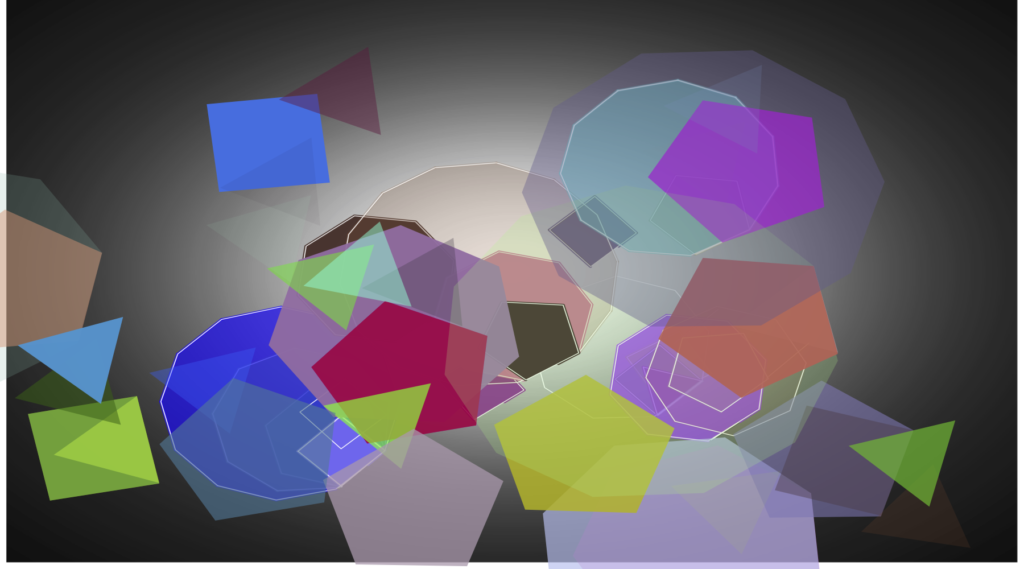
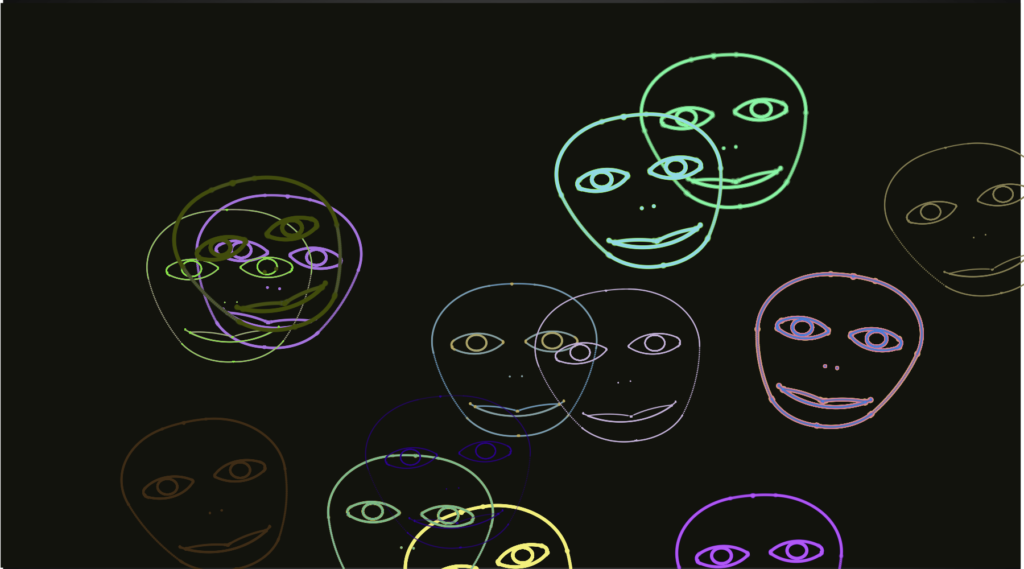
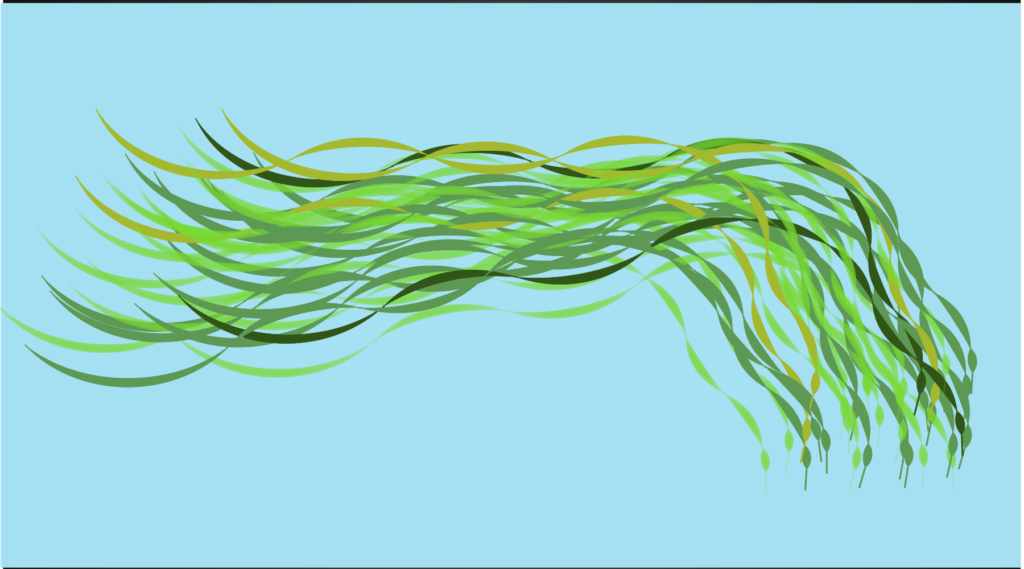
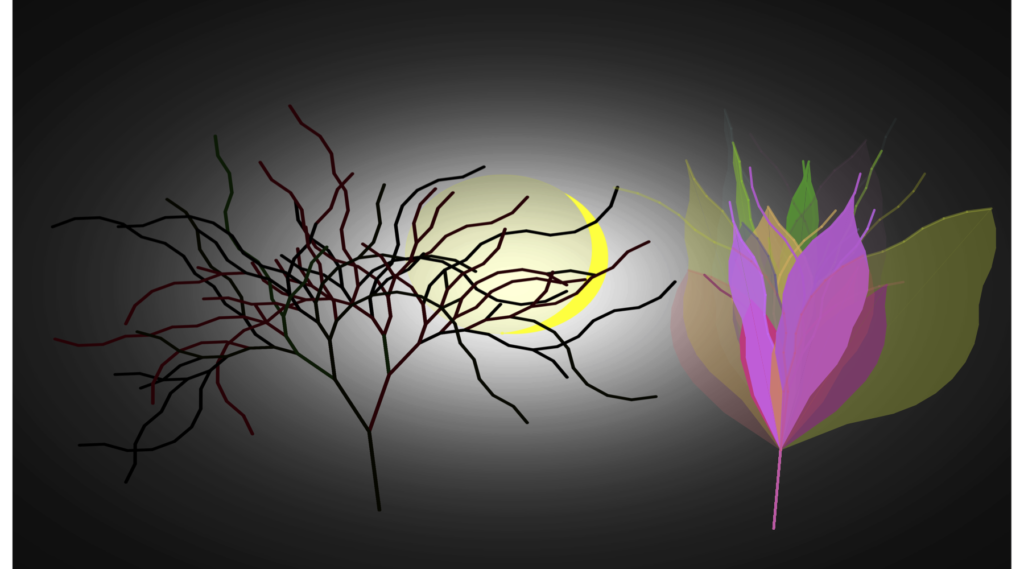
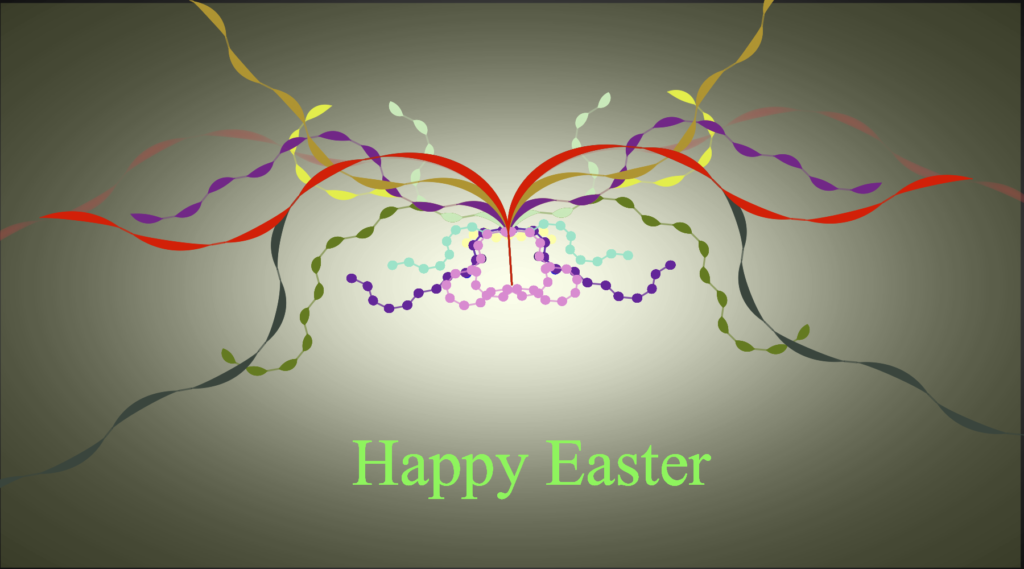
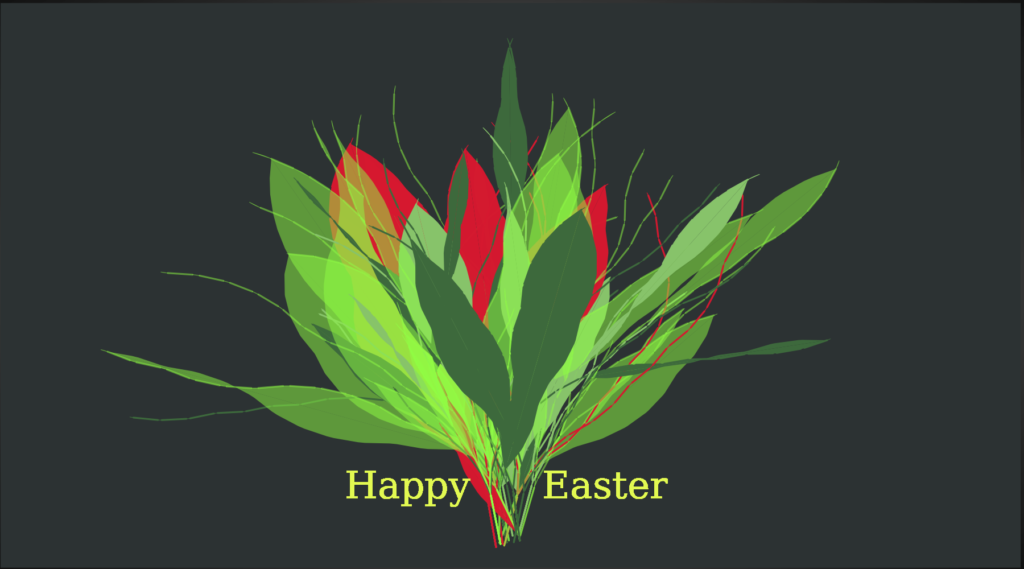
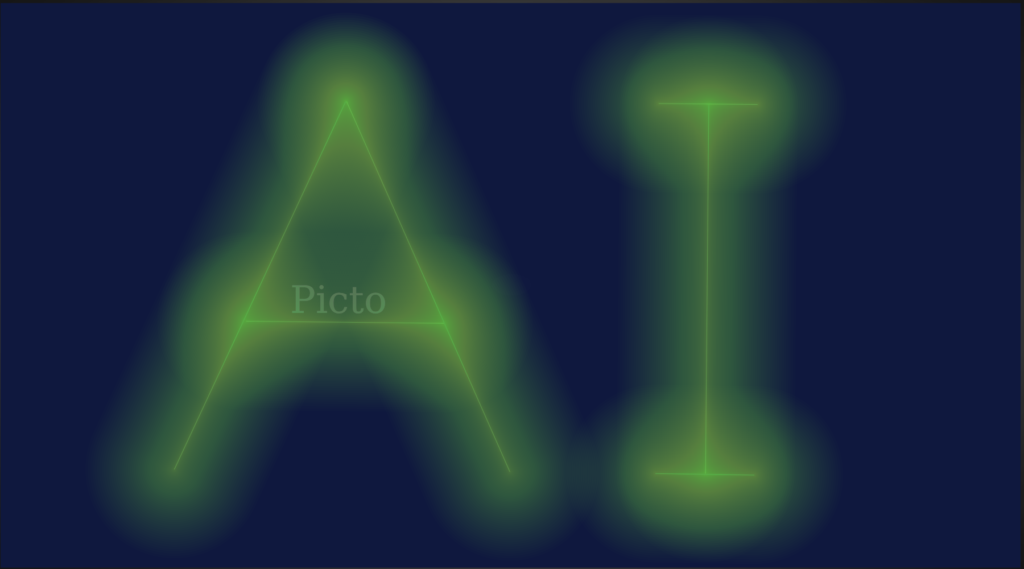
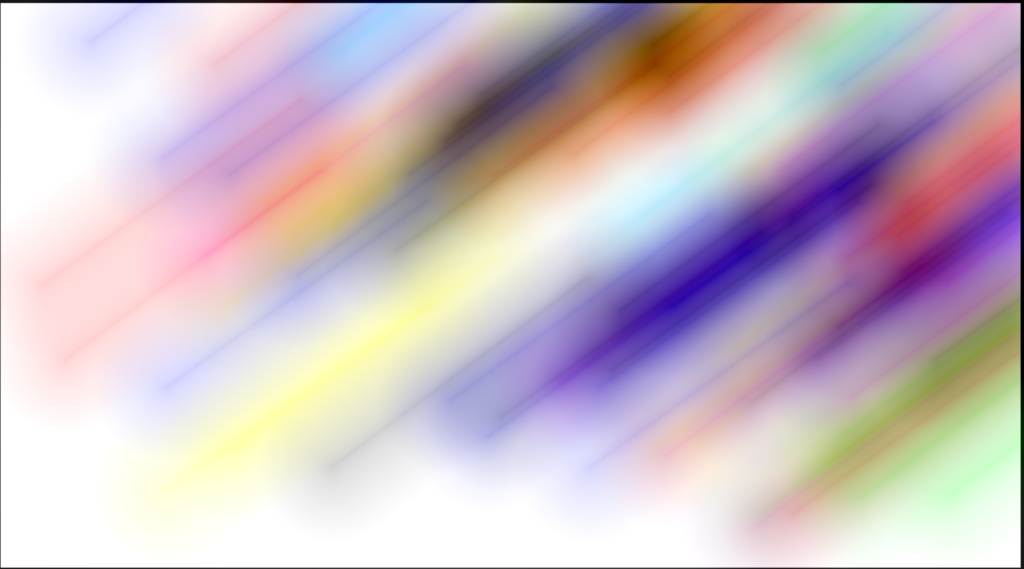
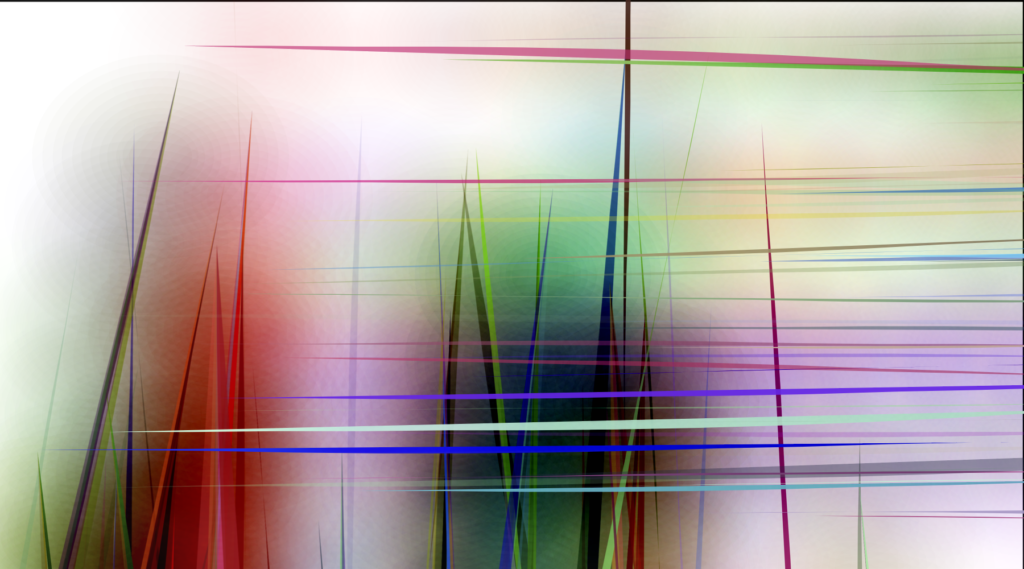
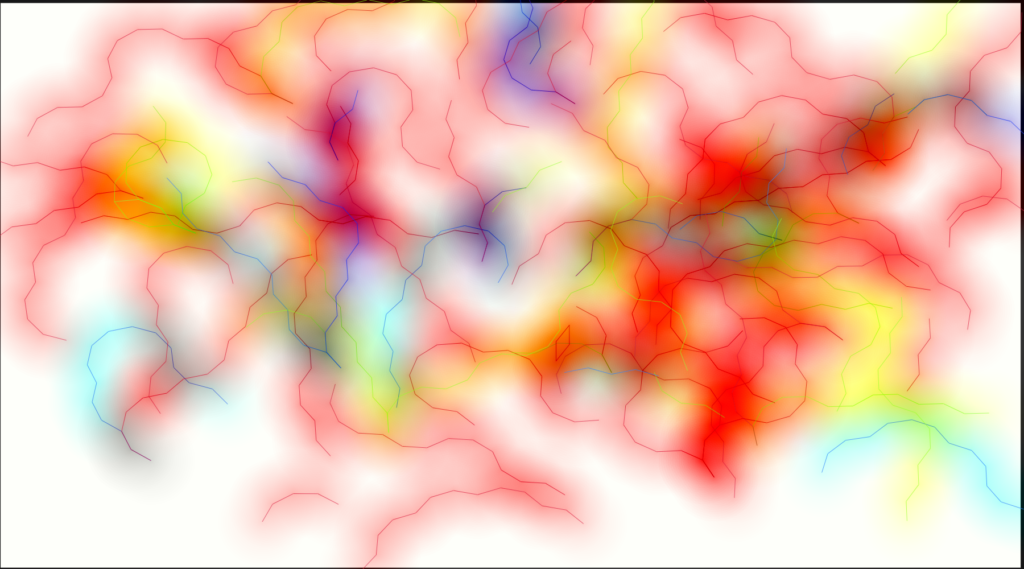
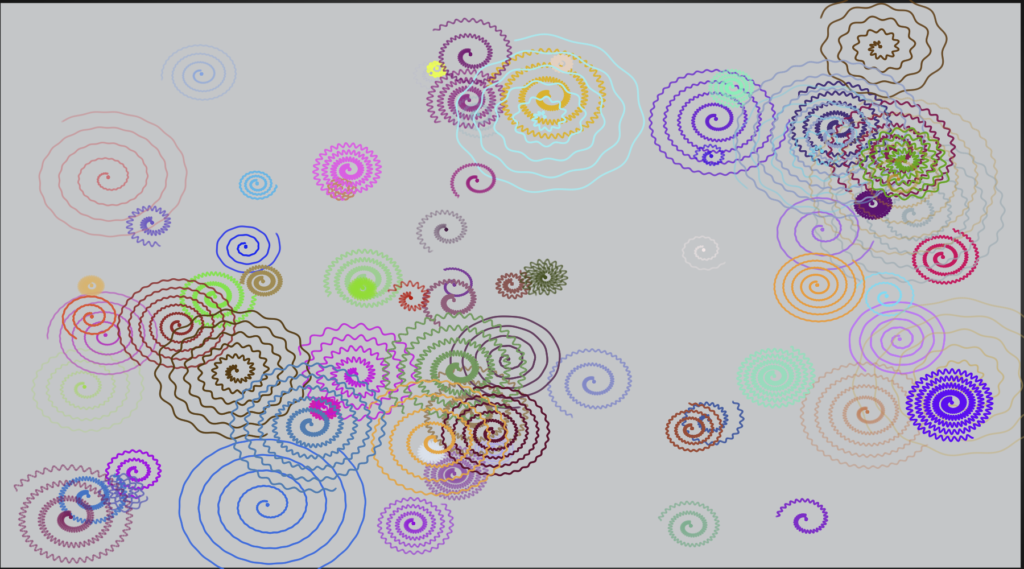
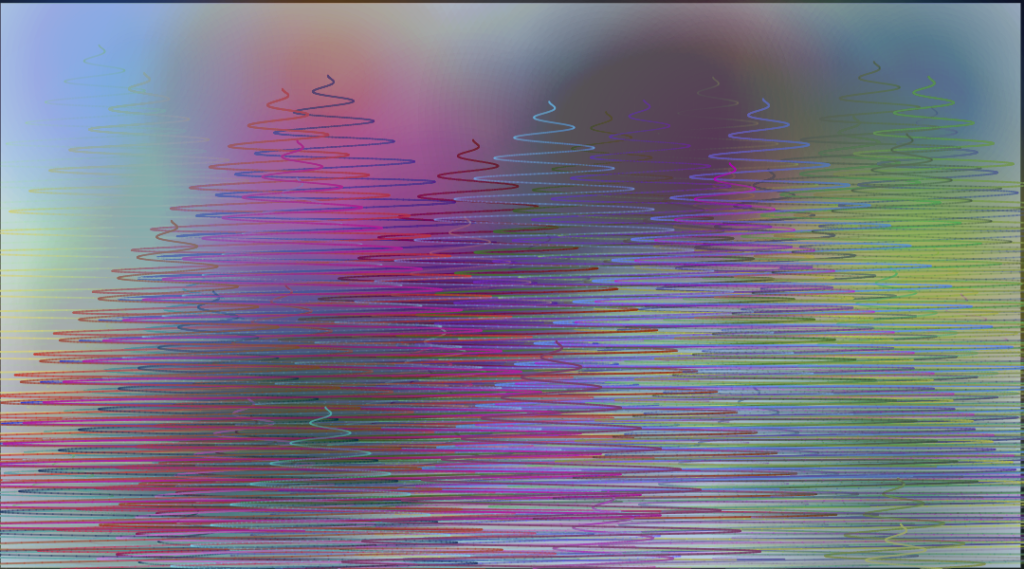
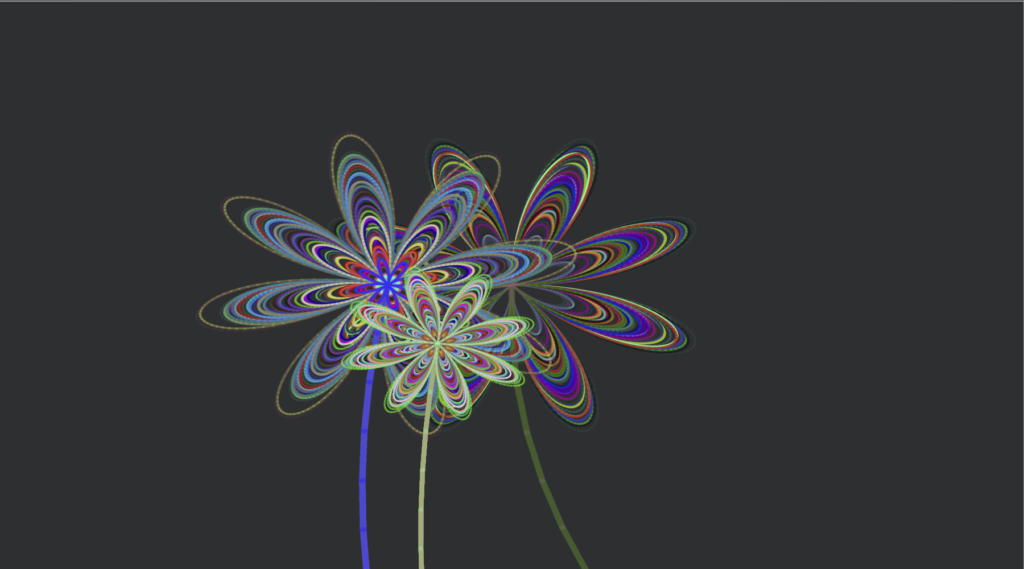
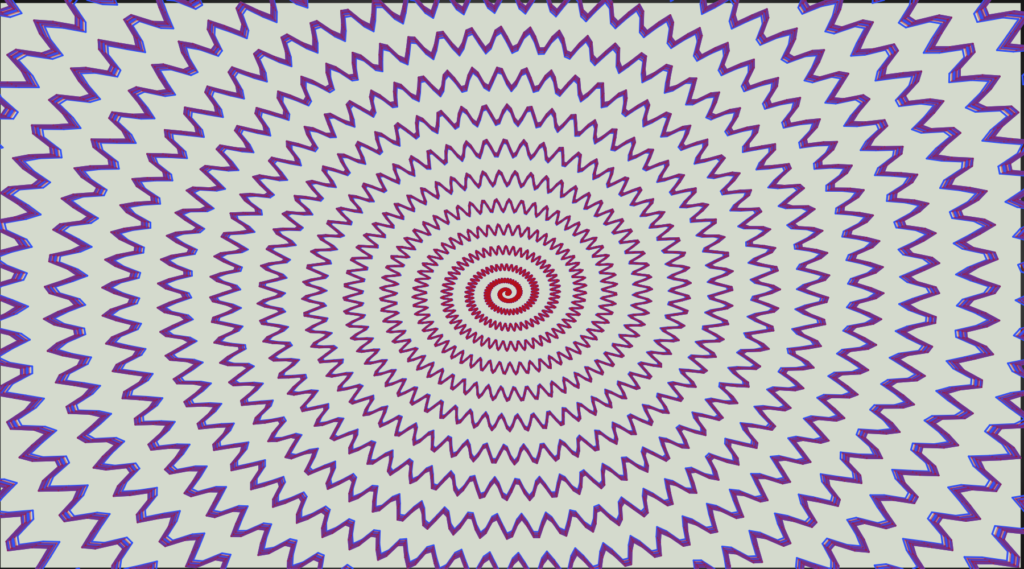
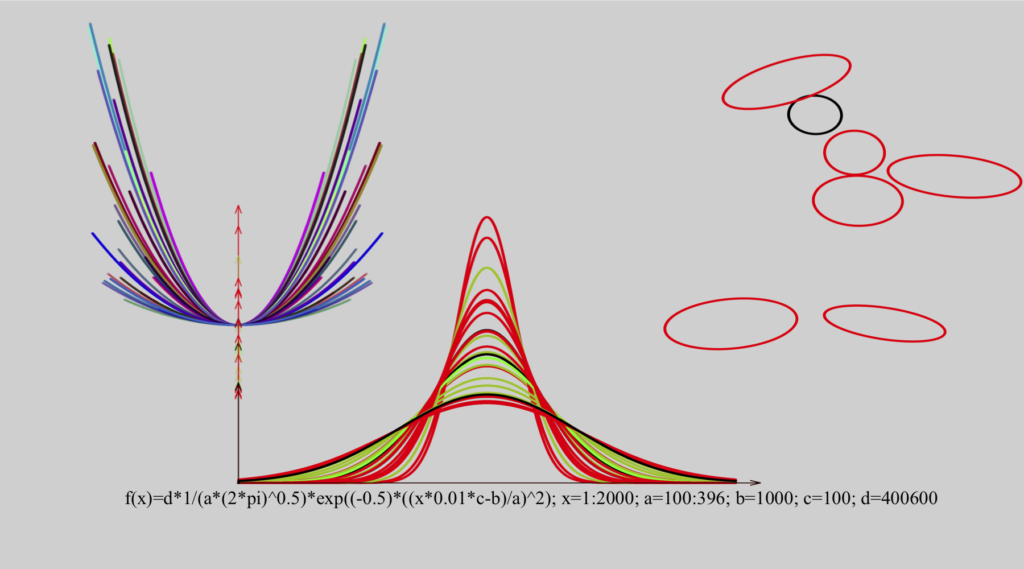
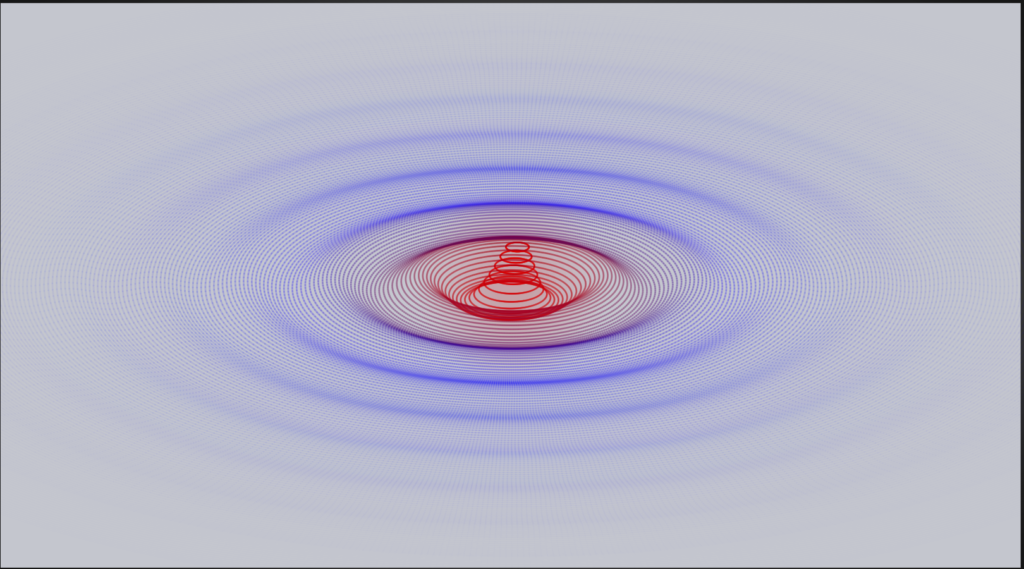
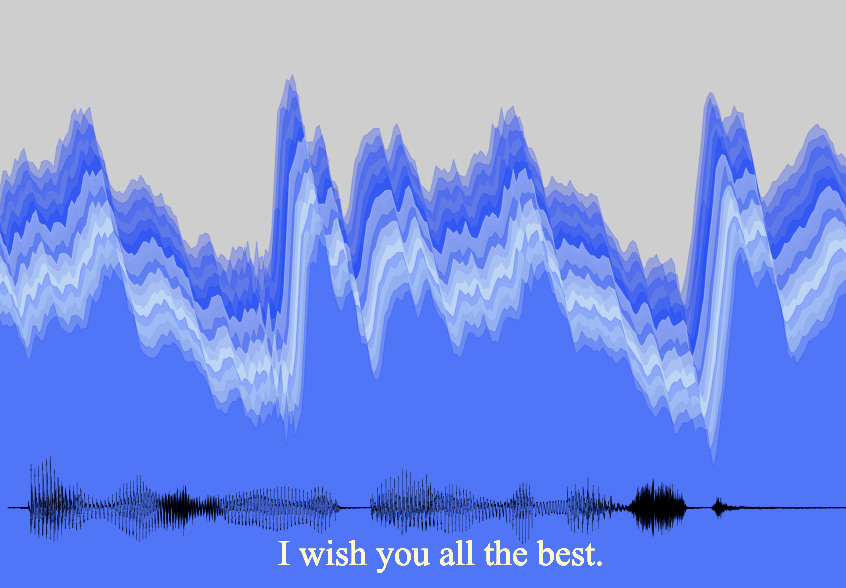
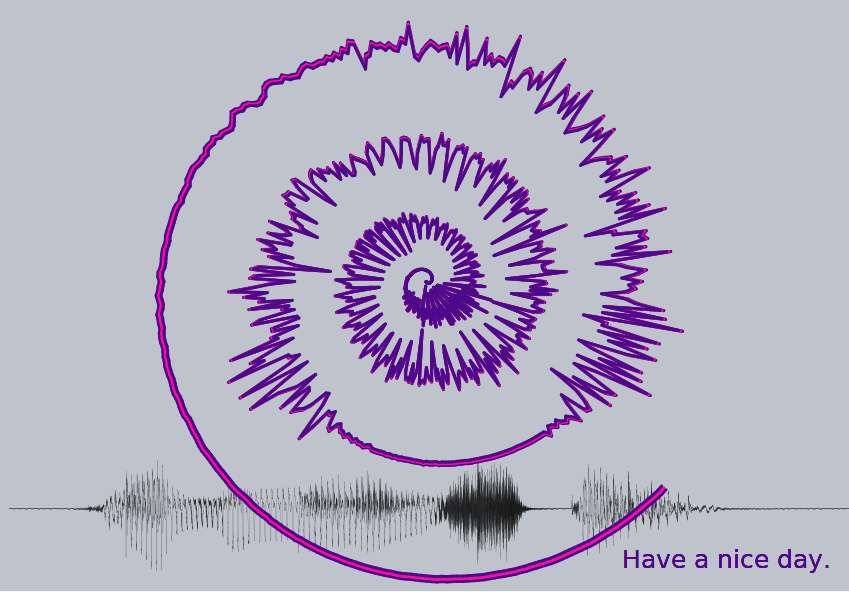
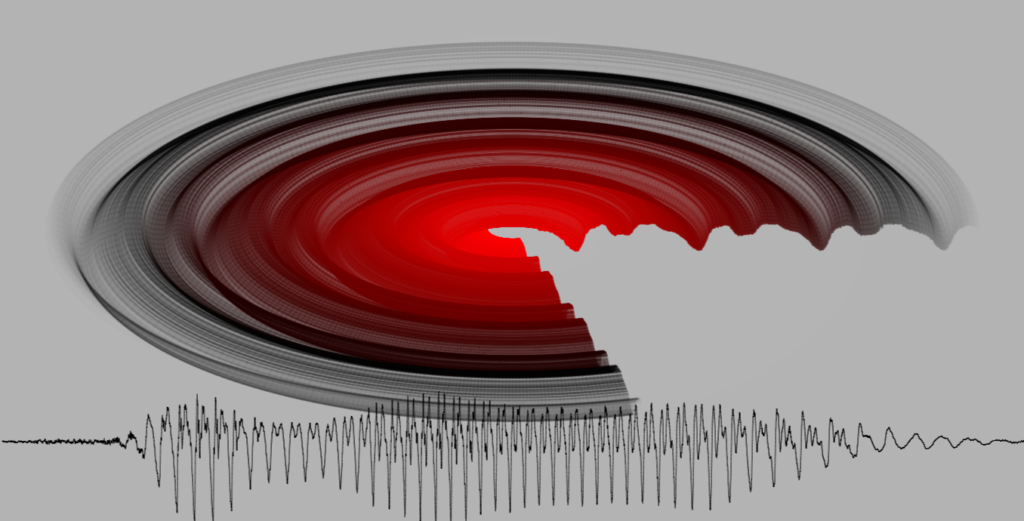
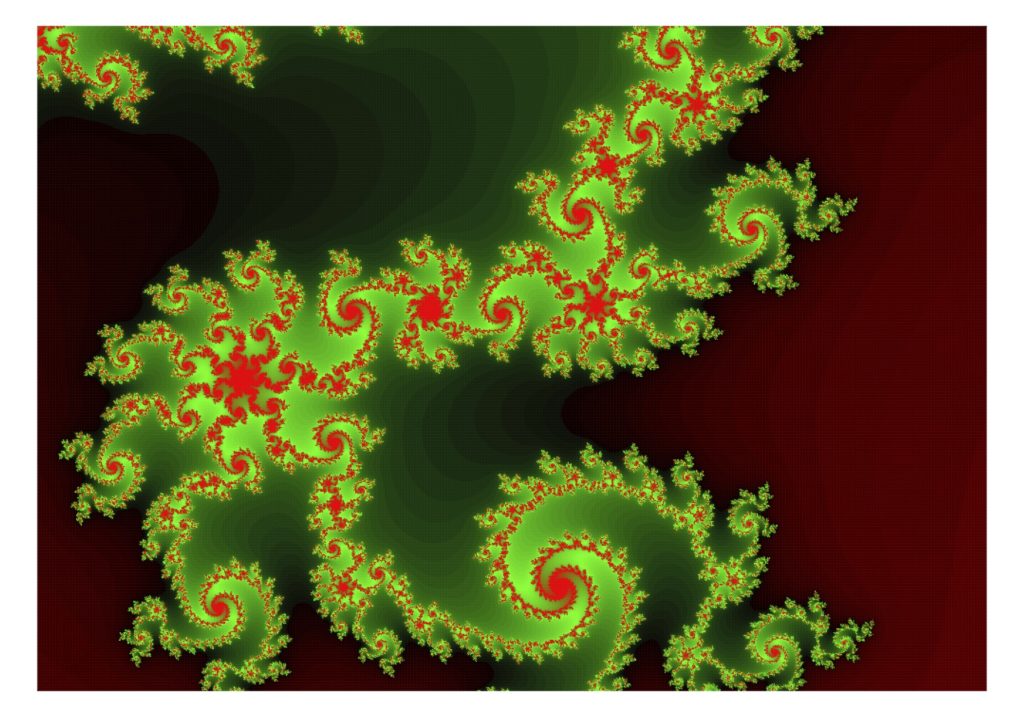
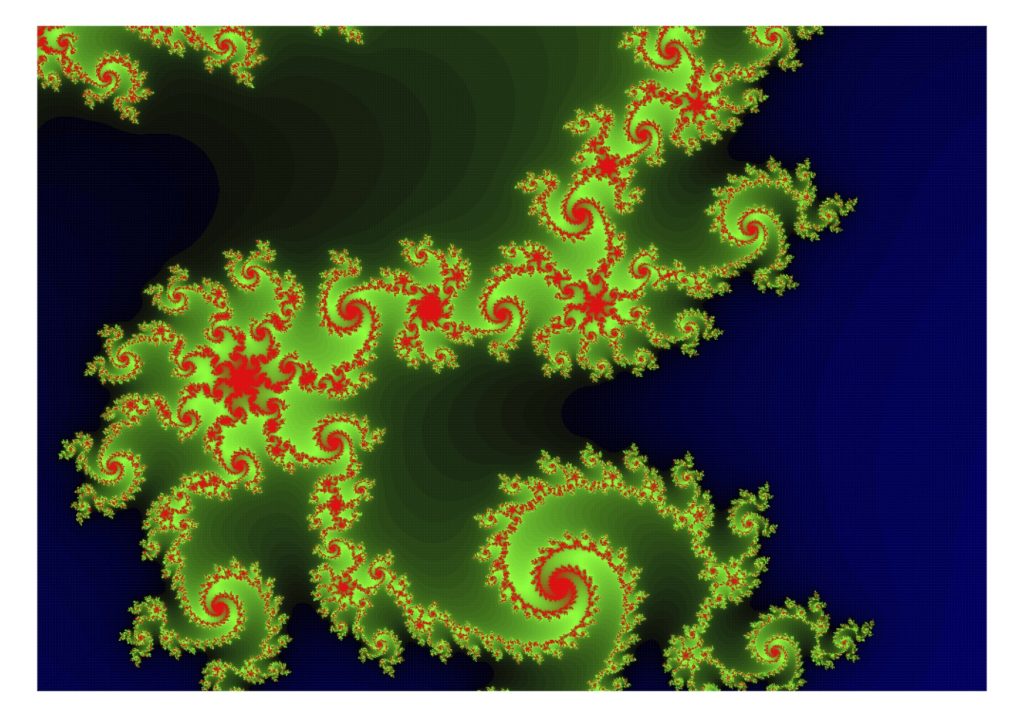
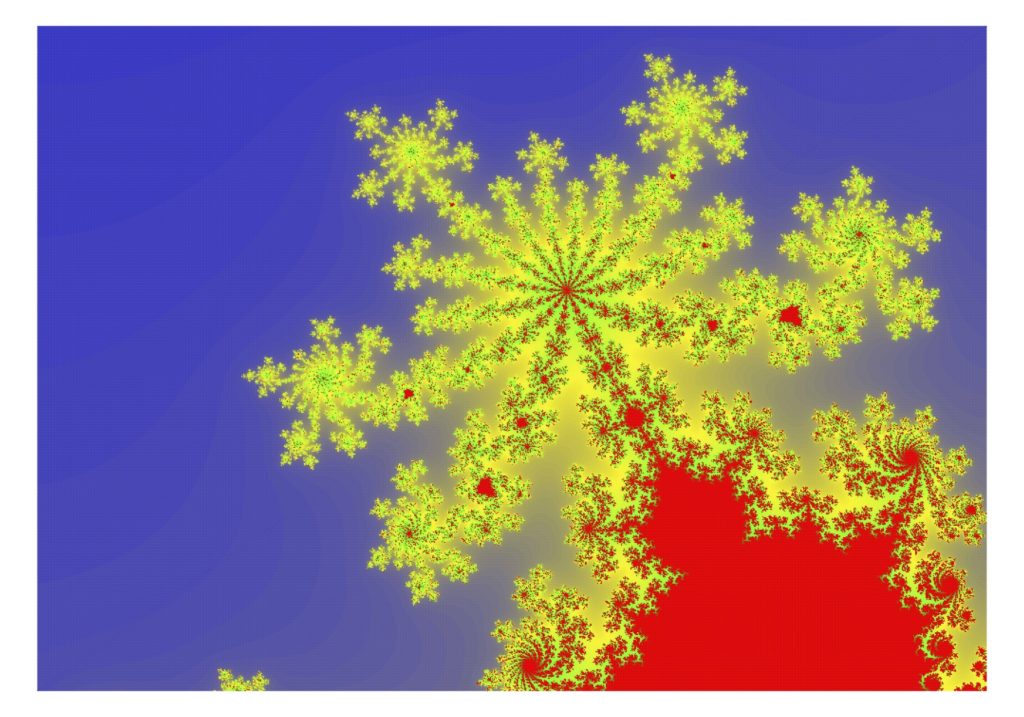
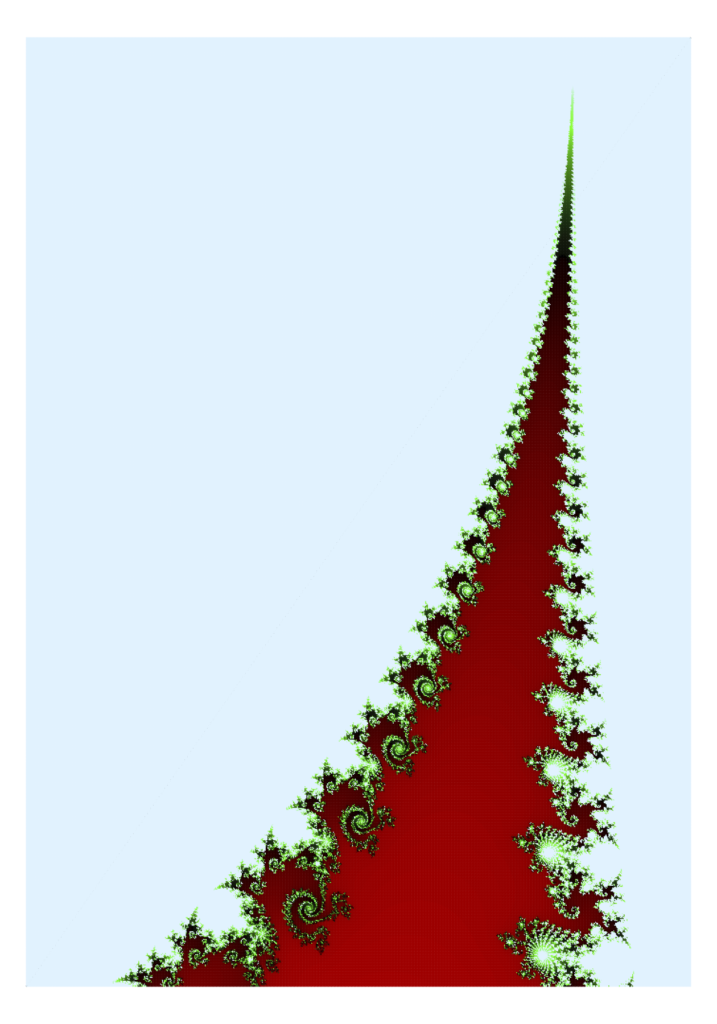
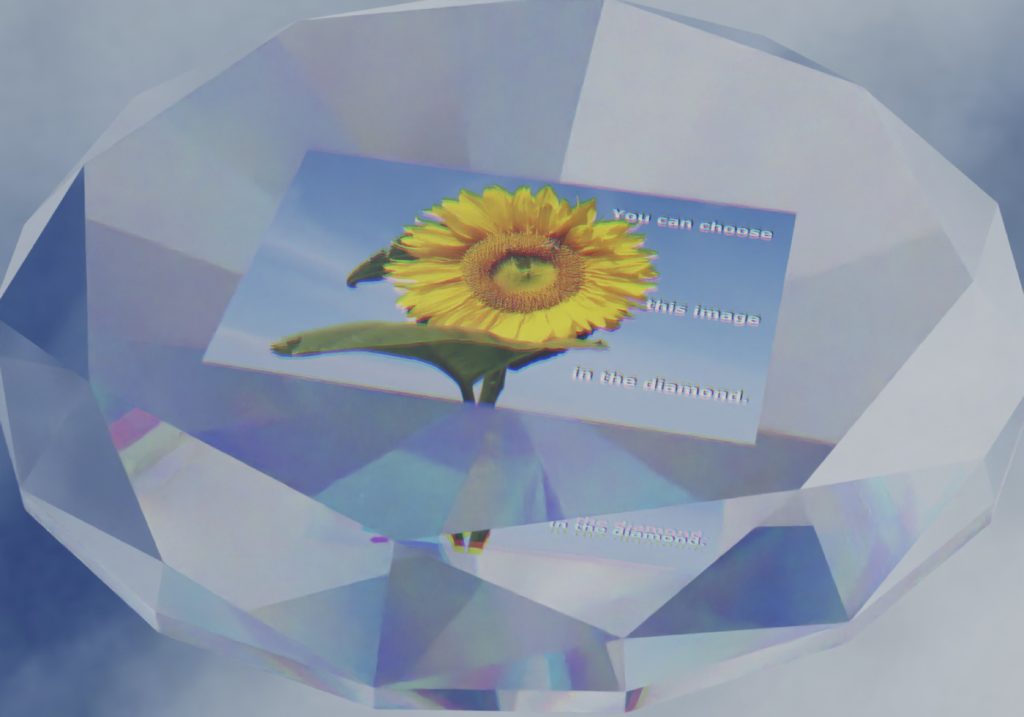
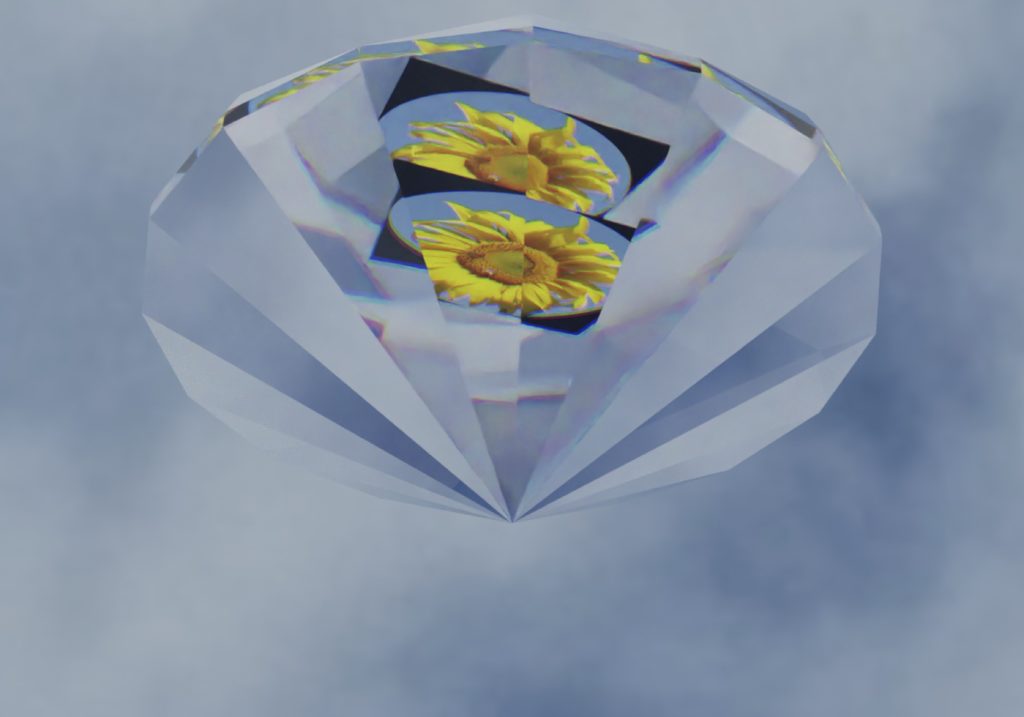
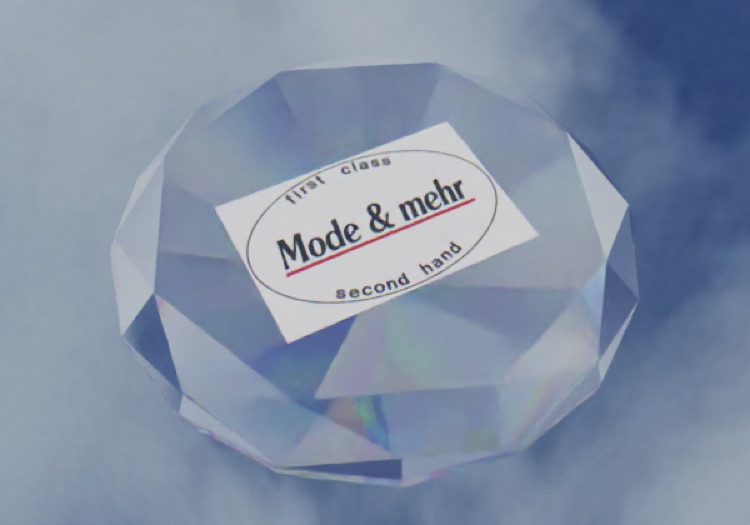
A click with the right mouse button on an image shows its enlargement.
You can place text in different formats and colors in the images. This makes it possible to create greeting cards.
Areas in the image can be given a color gradient by means of soft points and soft straight lines.
Basic information about the application can be found under the menu item: ‘General information – brief instructions’ and general comments on the PictoAI program.
You will be informed about the latest development steps by taking a look at the version development.
Some examples creating images online are shown in the YouTube video to PictoAI.
Another Video with the basics can also be seen in this PictoAI YouTube video. The first mentioned video is in English and the last in German.
The program is currently a beta version that is still under development. Therefore errors cannot be ruled out and any guarantee such as availability or functionality is excluded.
Further development versions of the program with additional features are planned and will gladly take into account the feedback I would like to suggest. Cooperation and participation in the project are also possible. The user interface is currently in English and German. Additional languages can be implemented if the participants are interested and committed.
Further suggestions for improvements and extensions are welcome. To do this, write an email to: info@kom-mpi.de.
Have fun with PictoAI !!!
The standard data required for the functionality of the website are saved. In addition, the entries for the image creation program are saved without any personal reference. The entries are therefore anonymous. If the user actively wants to establish contact and enters their data, these are evaluated within the program system. This personal data is not passed on to third parties.
